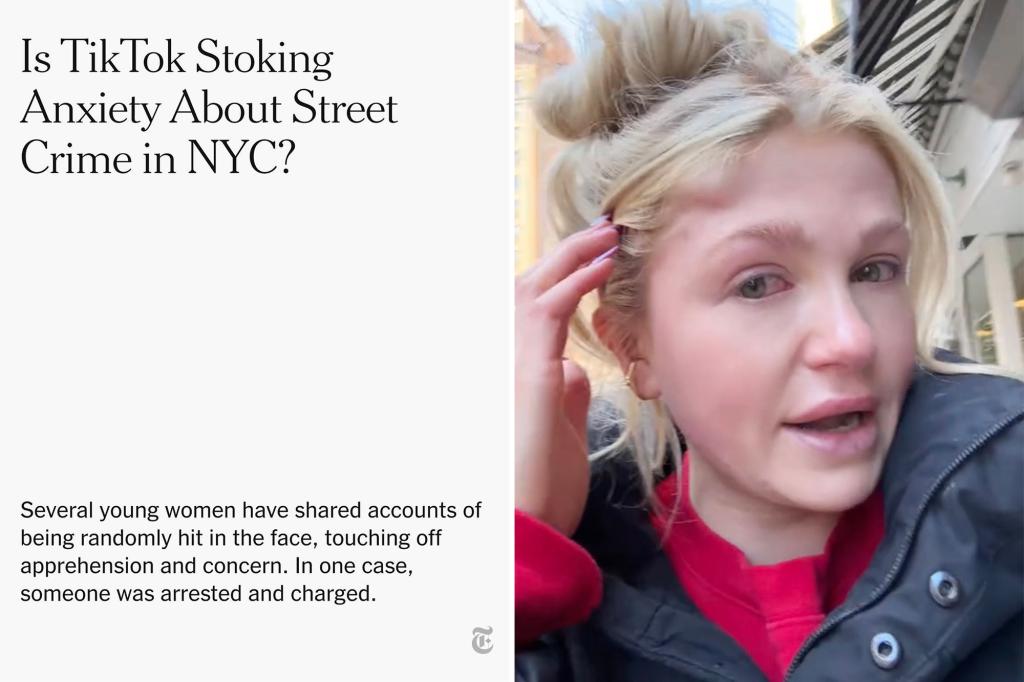The New York Times faced criticism for an Instagram post that some viewed as dismissive and misogynistic regarding viral videos of women being randomly punched on city streets. The caption linking to an article about these incidents was accused of downplaying the severity of the attacks and placing blame on the victims themselves. The post also included comments from Mayor Eric Adams suggesting that social media may distort the prevalence of violent crime in the city. Many readers were quick to call out the Times for not accurately describing the attacks as violent, misogynistic actions against women, rather than simply random punchings.
The response to the Times’ Instagram post included accusations of gaslighting and sexism, with viewers demanding a more accurate portrayal of the assaults as violent attacks by men against women. Victims also shared their own experiences of being assaulted in New York City, highlighting the lack of support and attention given to these incidents. The backlash around the post also prompted others to contribute their own stories of assault, shedding light on the broader issue of violence against women in urban environments.
The victims of the attacks detailed in the viral videos shared their experiences, expressing fear and frustration at the lack of awareness and response from law enforcement and the community. Mikayla Toninato, one of the victims, described her own assault and the impact it had on her daily life, including anxiety and difficulty focusing on her responsibilities. Although one suspect was charged in connection with one of the attacks, many victims expressed ongoing fear and concern for their safety in the city.
The victims’ accounts of the attacks led to increased awareness and conversations around the prevalence of violence against women in New York City. Influencers, celebrities, and ordinary citizens shared their own stories of being assaulted, bringing attention to the issue of reporting these incidents and seeking justice. The story also highlighted the importance of filing police reports in addition to sharing experiences on social media, in order to hold perpetrators accountable and prevent further attacks.
The overall response to the Times’ social media posting echoed the concerns of the victims and their advocates, calling for a more accurate and sensitive portrayal of the attacks. The incidents shed light on the realities of living in urban environments where women are targeted and assaulted, and the challenges of seeking justice and support in the aftermath of these traumas. By sharing their experiences and speaking out against violence, victims and advocates hope to bring about change and support for those affected by such attacks. The New York Times’ handling of the story reflects broader societal attitudes towards gender-based violence and the importance of addressing these issues with sensitivity and empathy.


